Hands on: 2019 13-inch MacBook Pro with 2.4 GHz i5 processor
Just a couple of weeks before the WWDC, Apple quietly announced new MacBook Pros -- and we've gotten our hands on the 13-inch model.
In terms of overall design, nothing has changed. Looking at the 13-inch MacBook Pro, everything about it looks familiar -- it's the same MacBook Pro we've seen since its 2016 debut.
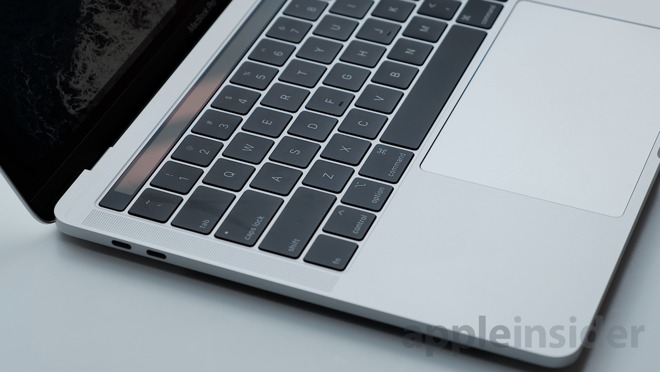
2019 13-inch MacBook Pro updated keyboard
This 2019 version though is now equipped with Apple's updated third-generation butterfly switch keyboard. For this keyboard, Apple says that they kept the same overall design as they had previously, but is using a new material to enhance reliability. At present, it isn't clear if the company is referring to a new membrane, a new key dome, or both, but from our testing, the keys feel about the same as the third-generation butterfly switches found on our 2018 MacBook Pro. Time will tell if this does make a difference when it comes to debris ingress.
Apple's refresh gives the 13-inch MacBook Pro a 2.4GHz quad-core 8th-generation i5 Processor that turbo boosts up to 4.1GHz. An upgrade improves that to a 2.8GHz quad-core 8th-generation i7 Processor that turbo boosts up to 4.7GHz.
The one we're testing here is the base configuration model equipped with the 2.4GHz quad-core i5 Processor, 256GB SSD, 8GB of RAM and the Intel Iris Plus 655 Graphics. This 13-inch MacBook Pro retails for $1,799 before taxes.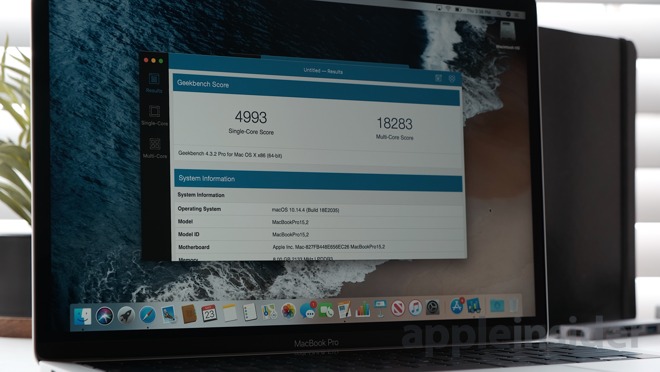
2019 13-inch MacBook Pro Geekbench 4 results
Starting off with Geekbench, the new 13-inch MacBook Pro scores a single thread result of 4993 and a multi-core score of 18283. The 2018 13-inch entry-level model has a single thread score of 4520 and a multi-core result of 16629. so there's a substantial gain at the same price-point.
Comparing that to our 2018 15-inch MacBook Pro with a six-core i7 Processor which got a single core score of 5081 and a multi-core score of 22143, the refreshed base model 13-inch MacBook Pro is no slouch.
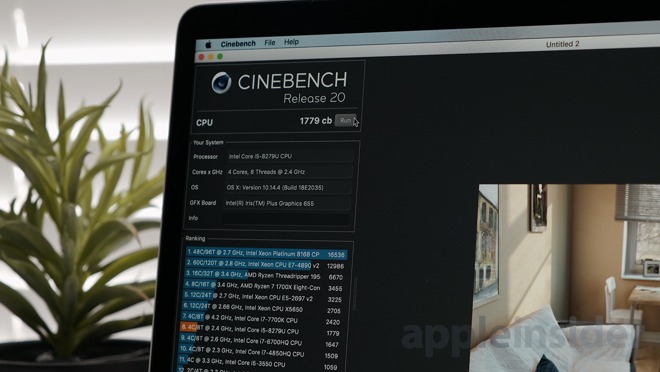
2019 13-inch MacBook Pro Cinebench R20 results
Moving on to Cinebench R20, in our testing, the 2019 13-inch MacBook Pro posted a CPU score of 1779 which is not bad at all at this price point.
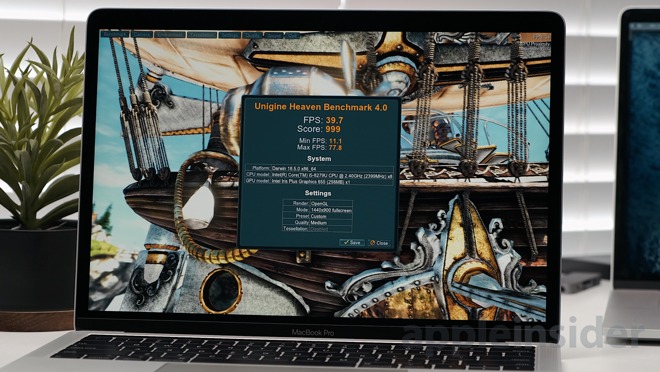
2019 13-inch MacBook Pro Unigin Heaven
Firing up Unigen Heaven which is a gaming benchmark. With everything set to default, and quality in medium we decided to run this test several times to find out how the Intel Iris Plus 655 Graphics performs under load.
The 2018 13-inch MacBook Pro got a score of 999, and an average frames per second of 39.7 with a max FPS of 77.8. If you're looking to game on your Mac or if you rely heavily on the graphics card, we recommend picking up an external graphics solution such as the BlackMagic eGPU or the eGPU Pro.
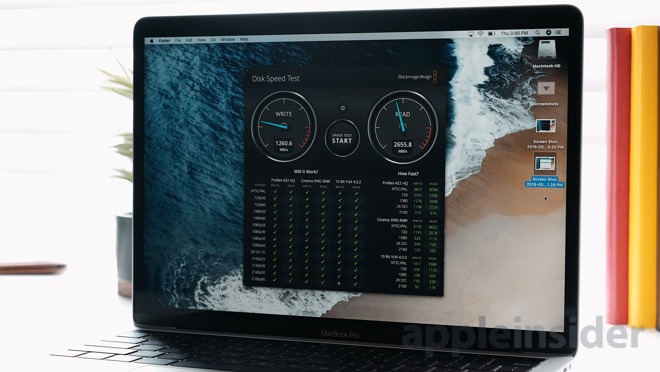
2019 13-inch MacBook Pro Blackmagic Disk Speed Test results
Moving on to BlackMagic's Disk Speed Test, the $1799 base model 13-inch MacBook Pro tops out at around 1300 megabytes per second for its write and around 2600 megabytes per second for its read speeds. As storage capacity increases, so does the write speed, so if you want faster media performance, you'll have to shell out for a bigger drive.
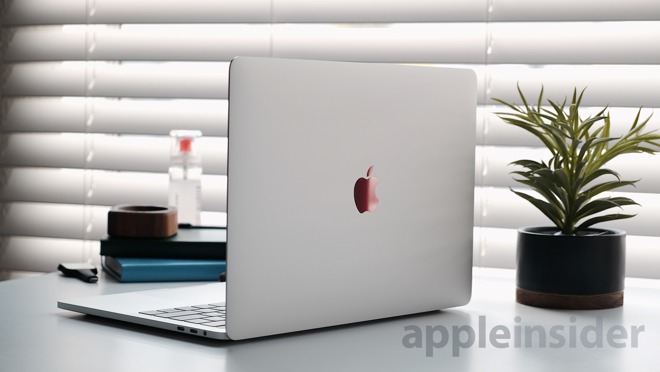
2019 13-inch MacBook Pro
With background rendering on, we got an exported file at just 2 minutes and 10 seconds. With background rendering off, it exported the video at 9 minutes and 28 seconds.
We don't recommend editing anything higher than 1080p on this base model MacBook Pro because 4K playback can stutter from time to time. But, this can be offset as long as you optimize your media or edit with proxy files before editing. That can take up extra storage space, and we would highly recommend picking up an external storage solution, especially with this base 256GB SSD.
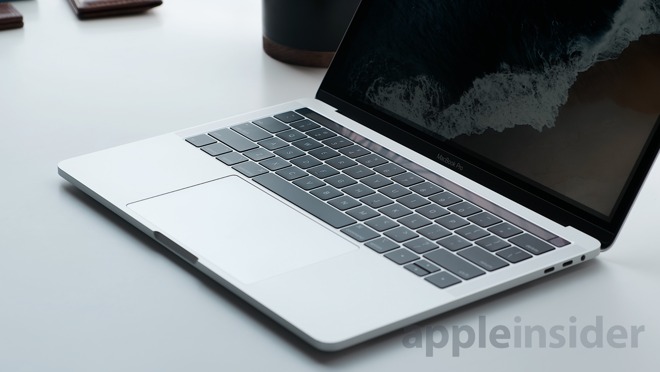
2019 13-inch MacBook Pro
This 13-inch machine performed pretty solidly and we were happy with the speed improvements year over year but the bigger story will be the 15-inch MacBook Pro with the 8-core processor. Stay tuned for our full review of both machines and our comprehensive 15-inch benchmarks.
Need help? Send us a note at [email protected] and we will do our best to assist.
2019 13" MacBook Pros with upgrades
In terms of overall design, nothing has changed. Looking at the 13-inch MacBook Pro, everything about it looks familiar -- it's the same MacBook Pro we've seen since its 2016 debut.

2019 13-inch MacBook Pro updated keyboard
This 2019 version though is now equipped with Apple's updated third-generation butterfly switch keyboard. For this keyboard, Apple says that they kept the same overall design as they had previously, but is using a new material to enhance reliability. At present, it isn't clear if the company is referring to a new membrane, a new key dome, or both, but from our testing, the keys feel about the same as the third-generation butterfly switches found on our 2018 MacBook Pro. Time will tell if this does make a difference when it comes to debris ingress.
Apple's refresh gives the 13-inch MacBook Pro a 2.4GHz quad-core 8th-generation i5 Processor that turbo boosts up to 4.1GHz. An upgrade improves that to a 2.8GHz quad-core 8th-generation i7 Processor that turbo boosts up to 4.7GHz.
The one we're testing here is the base configuration model equipped with the 2.4GHz quad-core i5 Processor, 256GB SSD, 8GB of RAM and the Intel Iris Plus 655 Graphics. This 13-inch MacBook Pro retails for $1,799 before taxes.
Benchmarking

2019 13-inch MacBook Pro Geekbench 4 results
Starting off with Geekbench, the new 13-inch MacBook Pro scores a single thread result of 4993 and a multi-core score of 18283. The 2018 13-inch entry-level model has a single thread score of 4520 and a multi-core result of 16629. so there's a substantial gain at the same price-point.
Comparing that to our 2018 15-inch MacBook Pro with a six-core i7 Processor which got a single core score of 5081 and a multi-core score of 22143, the refreshed base model 13-inch MacBook Pro is no slouch.

2019 13-inch MacBook Pro Cinebench R20 results
Moving on to Cinebench R20, in our testing, the 2019 13-inch MacBook Pro posted a CPU score of 1779 which is not bad at all at this price point.

2019 13-inch MacBook Pro Unigin Heaven
Firing up Unigen Heaven which is a gaming benchmark. With everything set to default, and quality in medium we decided to run this test several times to find out how the Intel Iris Plus 655 Graphics performs under load.
The 2018 13-inch MacBook Pro got a score of 999, and an average frames per second of 39.7 with a max FPS of 77.8. If you're looking to game on your Mac or if you rely heavily on the graphics card, we recommend picking up an external graphics solution such as the BlackMagic eGPU or the eGPU Pro.

2019 13-inch MacBook Pro Blackmagic Disk Speed Test results
Moving on to BlackMagic's Disk Speed Test, the $1799 base model 13-inch MacBook Pro tops out at around 1300 megabytes per second for its write and around 2600 megabytes per second for its read speeds. As storage capacity increases, so does the write speed, so if you want faster media performance, you'll have to shell out for a bigger drive.
Final Cut Pro
We compiled 5 minutes of 4K H.264 footage that was shot a my Fuji X-T3 in Final Cut Pro, adding color correction, with adjustments to the saturation and contrast. We exported the same files several times with background rendering on and off.
2019 13-inch MacBook Pro
With background rendering on, we got an exported file at just 2 minutes and 10 seconds. With background rendering off, it exported the video at 9 minutes and 28 seconds.
We don't recommend editing anything higher than 1080p on this base model MacBook Pro because 4K playback can stutter from time to time. But, this can be offset as long as you optimize your media or edit with proxy files before editing. That can take up extra storage space, and we would highly recommend picking up an external storage solution, especially with this base 256GB SSD.

2019 13-inch MacBook Pro
This 13-inch machine performed pretty solidly and we were happy with the speed improvements year over year but the bigger story will be the 15-inch MacBook Pro with the 8-core processor. Stay tuned for our full review of both machines and our comprehensive 15-inch benchmarks.
Save $100 to $200 on Apple's 2019 13-inch MacBook Pro
Apple Authorized Reseller Adorama is knocking $100 to $200 off select 2019 13-inch MacBook Pros with coupon code APINSIDER exclusively for AI readers. To activate these MacBook Pro deals, which deliver the lowest prices available on the brand new models, shoppers must use the special pricing links below or in our 2019 13-inch MacBook Pro Price Guide and enter the coupon code during checkout.Need help? Send us a note at [email protected] and we will do our best to assist.
2019 13" MacBook Pros with upgrades
- 2019 13" MacBook Pro (2.4GHz, 8GB, 1TB): $2,249* ($150 off)
- 2019 13" MacBook Pro (2.4GHz, 8GB, 2TB): $2,799* ($200 off)
- 2019 13" MacBook Pro (2.4GHz, 16GB, 256GB): $1,899* ($100 off)
- 2019 13" MacBook Pro (2.4GHz, 16GB, 512GB): $2,049* ($150 off)
- 2019 13" MacBook Pro (2.4GHz, 16GB, 1TB): $2,449* ($150 off)
- 2019 13" MacBook Pro (2.4GHz, 16GB, 2TB): $2,999* ($200 off)
- 2019 13" MacBook Pro (2.8GHz, 8GB, 256GB)): $1,999* ($100 off)
- 2019 13" MacBook Pro (2.8GHz, 8GB, 512GB): $2,149* ($150 off)
- 2019 13" MacBook Pro (2.8GHz, 8GB, 1TB): $2,549* ($150 off)
- 2019 13" MacBook Pro (2.8GHz, 8GB, 1TB): $3,099* ($200 off)
- 2019 13" MacBook Pro (2.8GHz, 16GB, 256GB): $2,199* ($100 off)
- 2019 13" MacBook Pro (2.8GHz, 16GB, 512GB): $2,349* ($150 off)
- 2019 13" MacBook Pro (2.8GHz, 16GB, 1TB): $2,749* ($150 off)
- 2019 13" MacBook Pro (2.8GHz, 16GB, 2TB): $3,299* ($150 off)
*Price with promo code APINSIDER.
Find deals on every 2019 MacBook Pro 13-inch in our Price Guide...

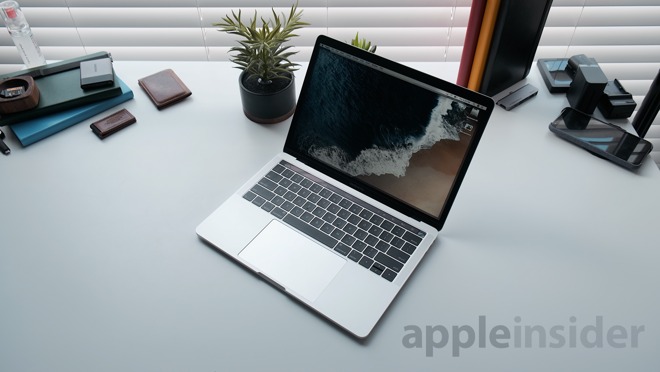

Comments
The difference in time is because their test video was mostly rendered ahead of time.
Who believes that Apple would let a problem like this exist with the iPhone for 4 years and product cycles in a row?
Pne big area of failures is mechanics and there is a big difference in potential failure modes between iPhone and MacBook from this point of view. I’m sure they didn’t eliminate the mechanical home
button for nothing than ratio.
This is not to defend Apple, it’s rather embarrassing for a prei product to have repeatedly significant issues with two of the main interface elements of the product: keyboard and screen. However, I’m pretty sure Apple is not alone with this, just more in focus smile. Is the Fold on sale, by the way?